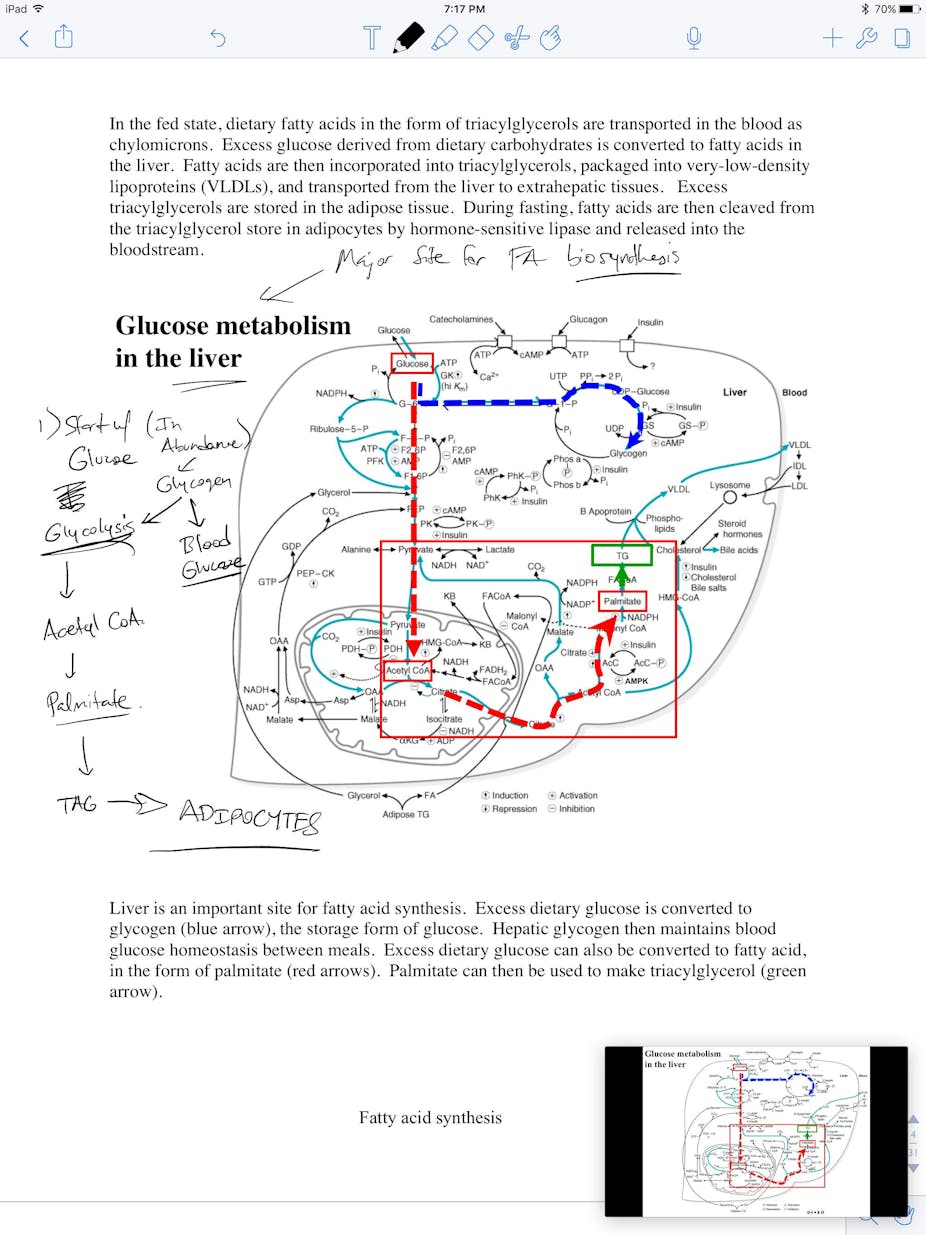Of all of the manual skills that computers are in the process of replacing, handwriting is taking its time to fade completely. Despite the fact that a great deal of written work is now done on a computer, universities for example, still expect students to do their exams using pen and paper. This is despite the fact that students will write at an average speed of around 70 letters per minute compared to average typing speeds of 190 characters per minute. Not only that, but marking of handwritten tests become more biased and students lose marks based on a range of factors like illegibility, and the simple perception that better handwriting is associated with greater intelligence.
In exams, students are already in a stressful situation and they are then asked to handwrite for several hours with very little practice during the coursework that led to the exam. The only reason that universities do this is because it is logistically too hard to use computers in an exam situation. There is the issue of the number of computers needed to manage all of the students taking exams in addition to issues like having the computers configured to prevent cheating. Difficult as it may be to provide computers for exams, it is not impossible, and one could argue that given how much of a student’s future depends on exams, it could be considered unfair not to allow students the best possible chance of succeeding.
Computers in exams would also allow for different mechanisms of testing to be used. Computers allow for questions to be adapted depending on the abilities of the student. This type of testing has been shown to provide much better accuracy of scores for students of differing abilities.
For subjects like computer programming, being able to present students with an environment that allows them to demonstrate their real understanding of a computer language and how to achieve certain objectives is far better than the compromises that have to be made when administering the tests on paper.
Of course, mention that it is time to move on from handwriting and the arguments start that society will lose too much with the change. The arguments will cite research that suggests that handwriting skills improve reading and brain development in general and more specifically, makes it easier to remember lectures when used to take notes. The latter research by Mueller and Oppenheimer is commonly brought up when defending the benefits of handwriting even though generally, there hasn’t been a decline in the overall grades of students leaving our universities despite the dramatic increase in the use of computers for all aspects of their education. So even though handwriting lecture notes may confer some short term advantage in comprehension, students are compensating for this in their studies.
One aspect of using a pen and paper that does have an advantage over computers is not the ability to handwrite but instead is the ability to draw. Using a pen rather than a keyboard is far more versatile in terms of the types of note-taking styles that it will support. Although there is software that will support a technique like mind maps, it is far easier to draw these maps and make them information rich when using a pen. Interestingly, mind maps have been shown to be even more effective in enhancing comprehension of a subject than simple note taking.
The best solution, and one not often mentioned in media reports on the death of handwriting, is the use of tablets that support pens. The technology for using pens and tablets has come a long way in the past few years. Tablet pens working on the Microsoft Surface, Samsung Galaxy tablets and the new Apple iPad Pro now have the same characteristics of using a normal pen on paper. There is little lag between moving the pen and the ink appearing on screen, they are far more responsive than earlier versions. The resolution of the electronic pen is also able to now match that of a regular pen, enabling writing at the same size of characters as using pen on paper.
Tablets provide the best of both worlds. The ability to draw, and yes, to handwrite the occasional note, but more importantly, the ability to easily flip into typing to get the speed and ease that handwriting cannot match.
Perhaps when discussing whether children should be continued to be taught handwriting at school, we should consider that actually not only are typing skills as important, but actually the skill to combine approaches to get the best of both worlds.

